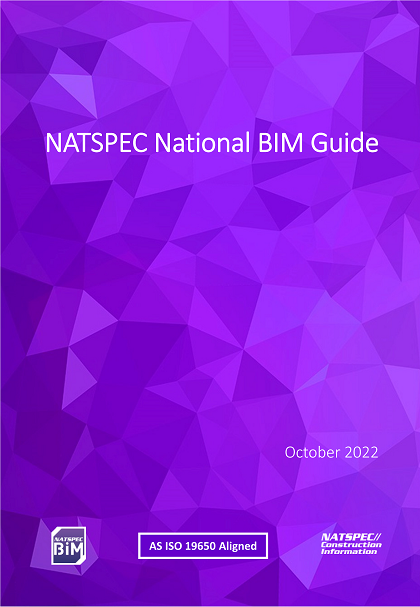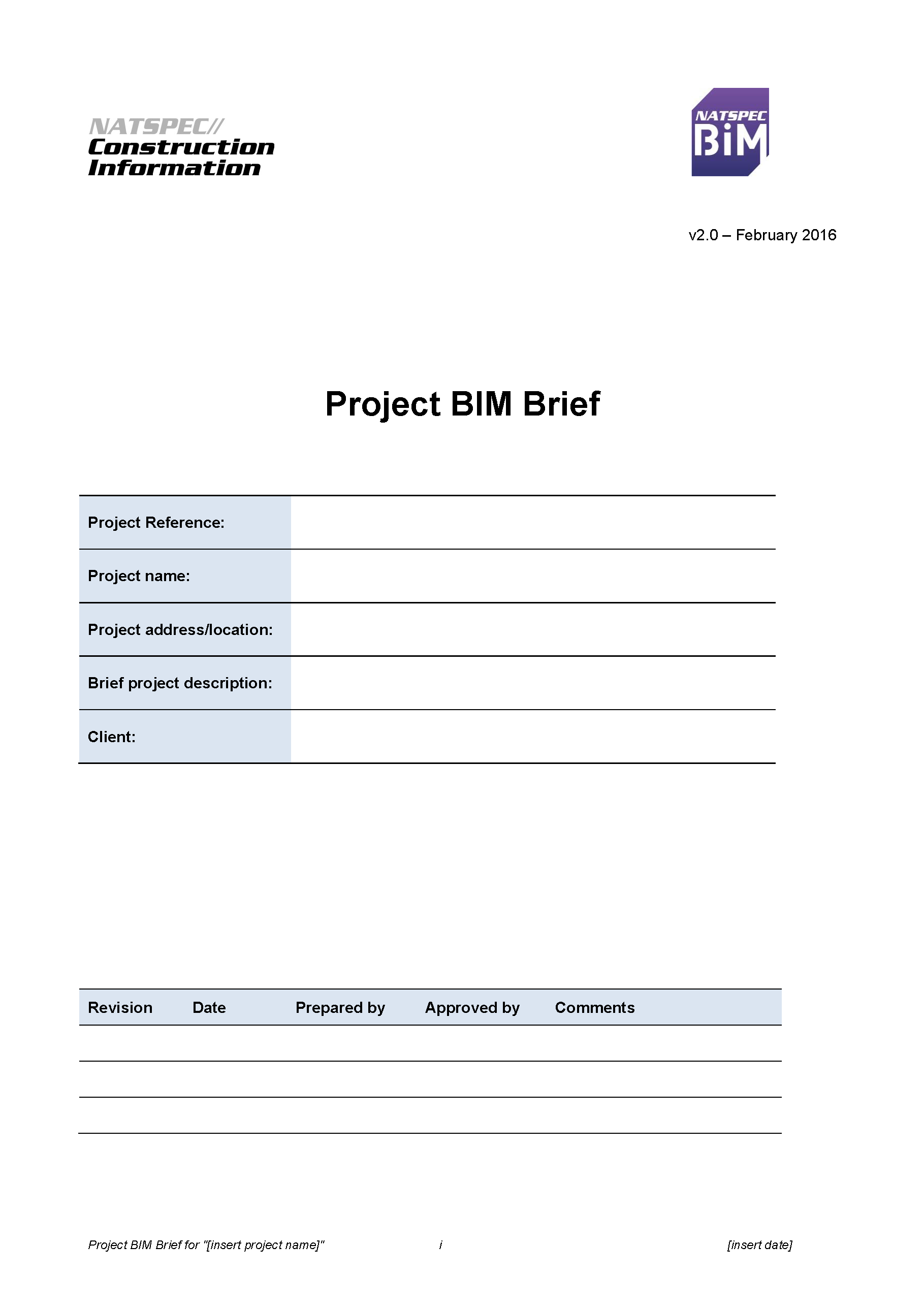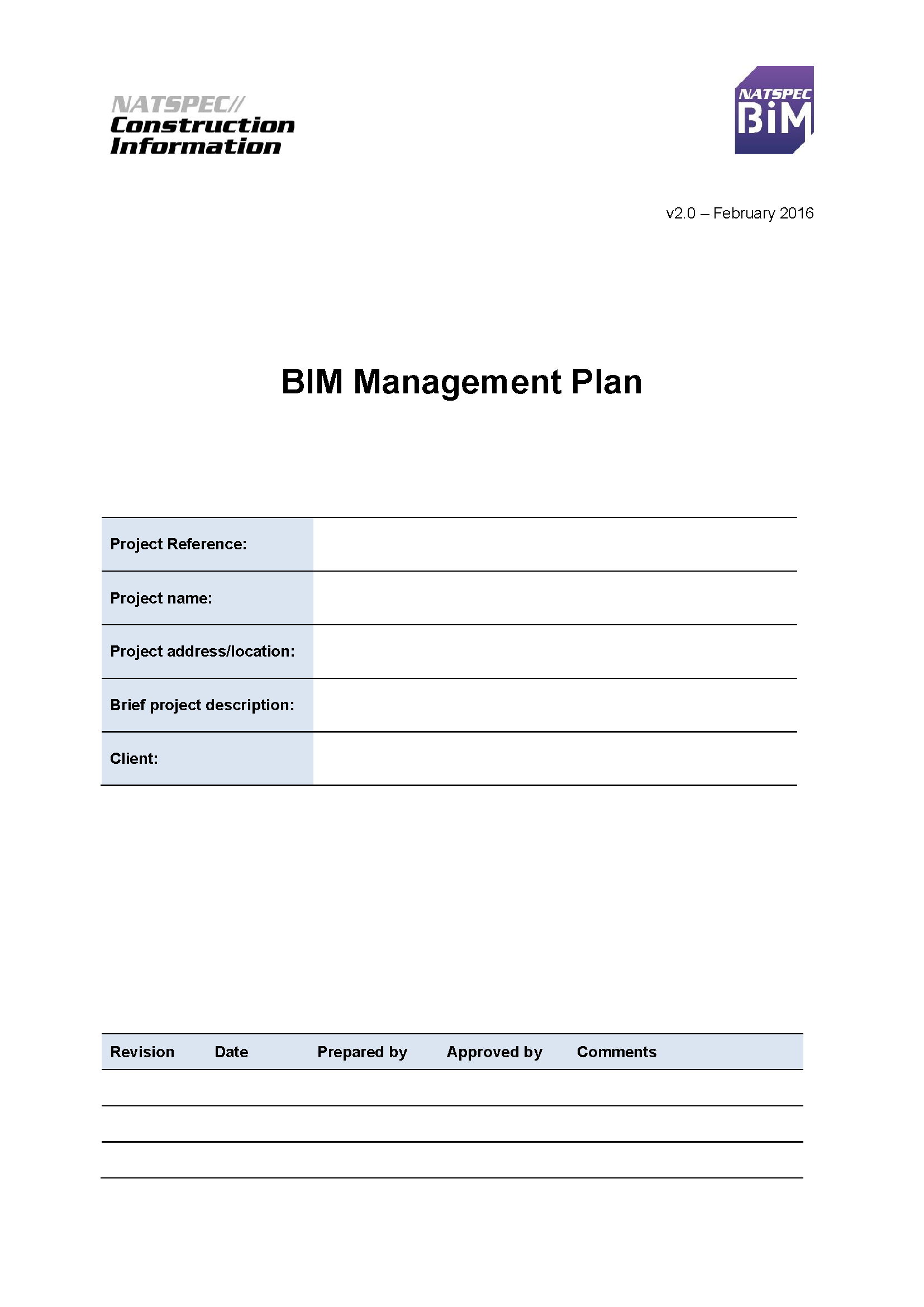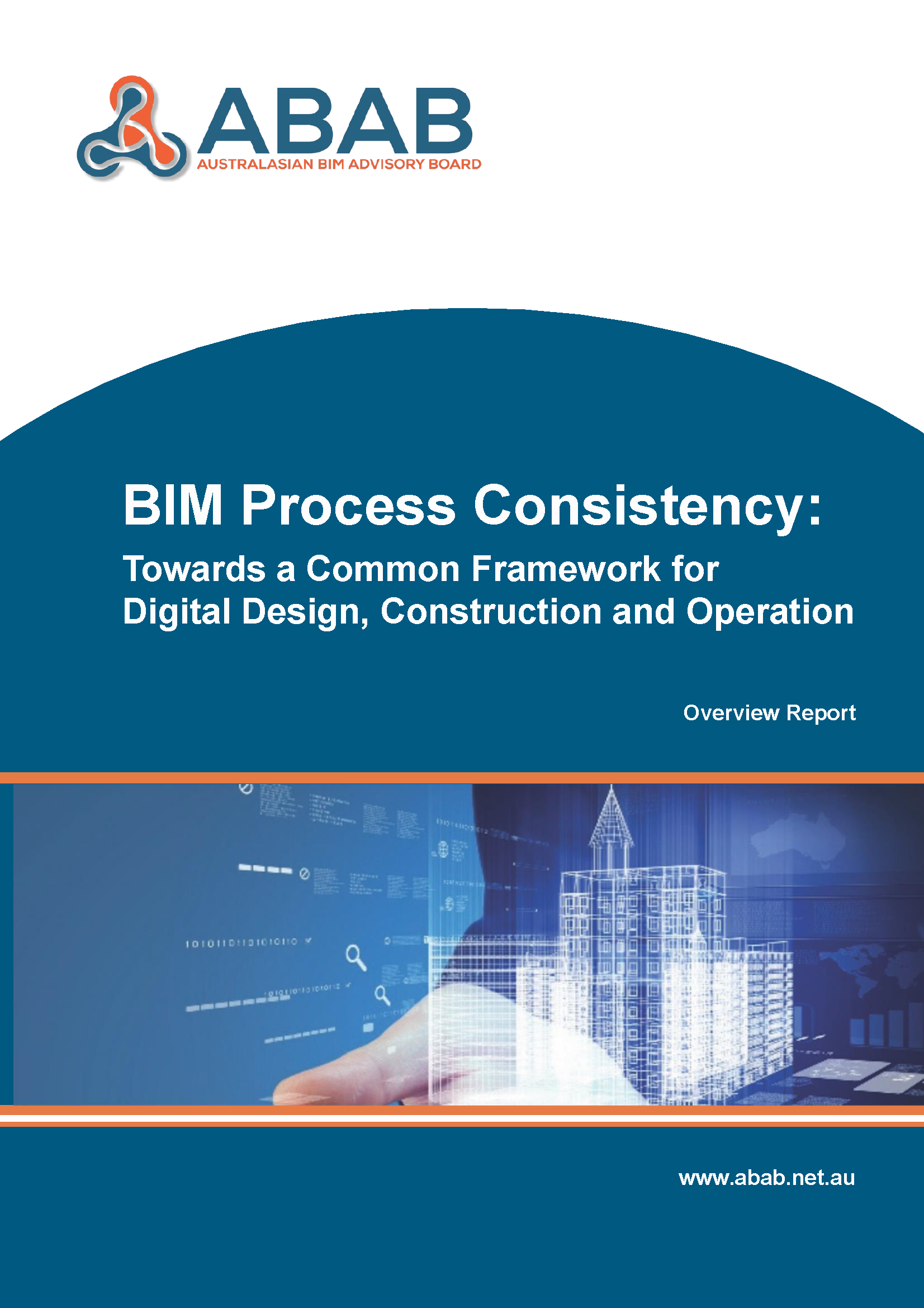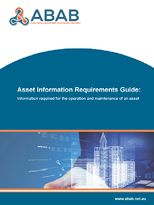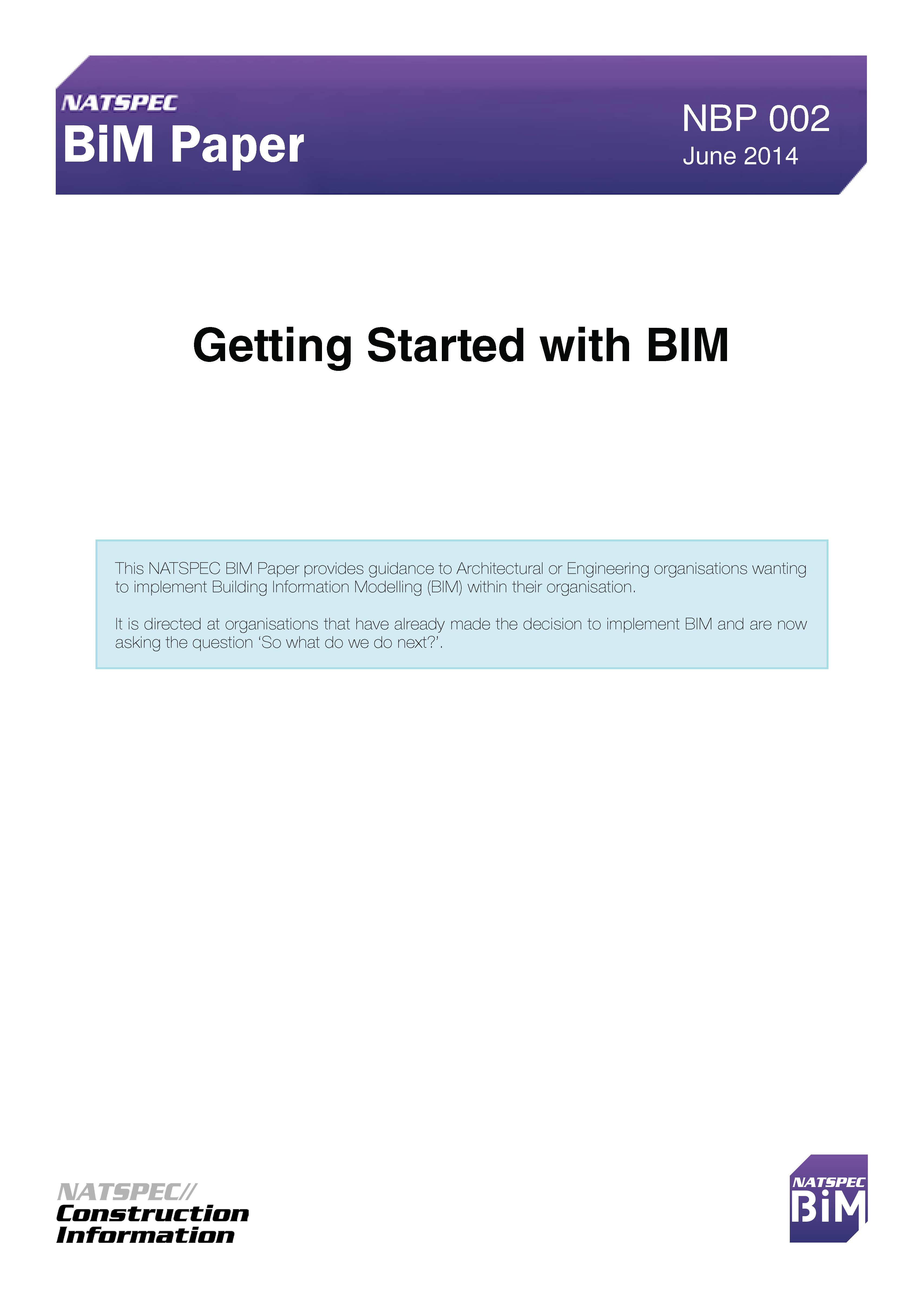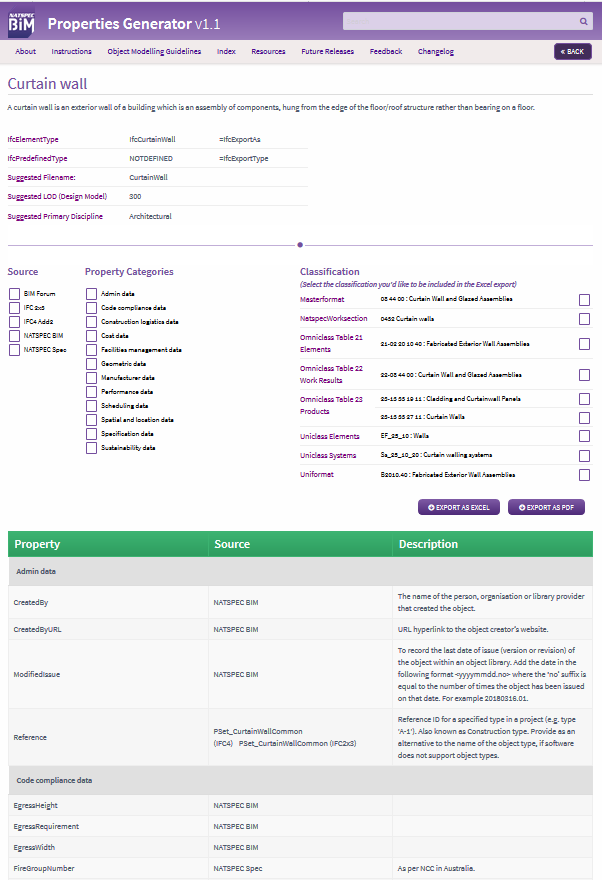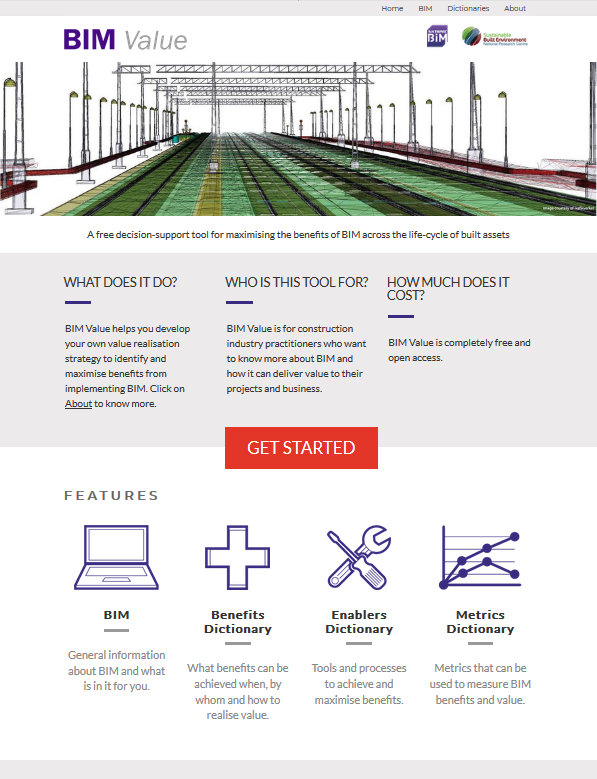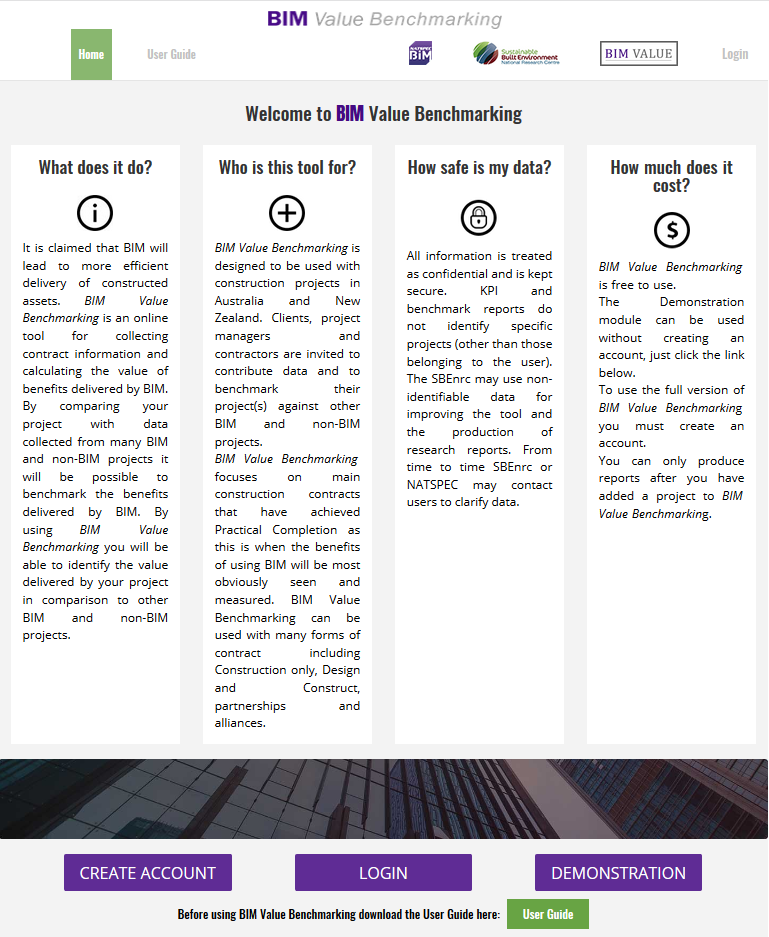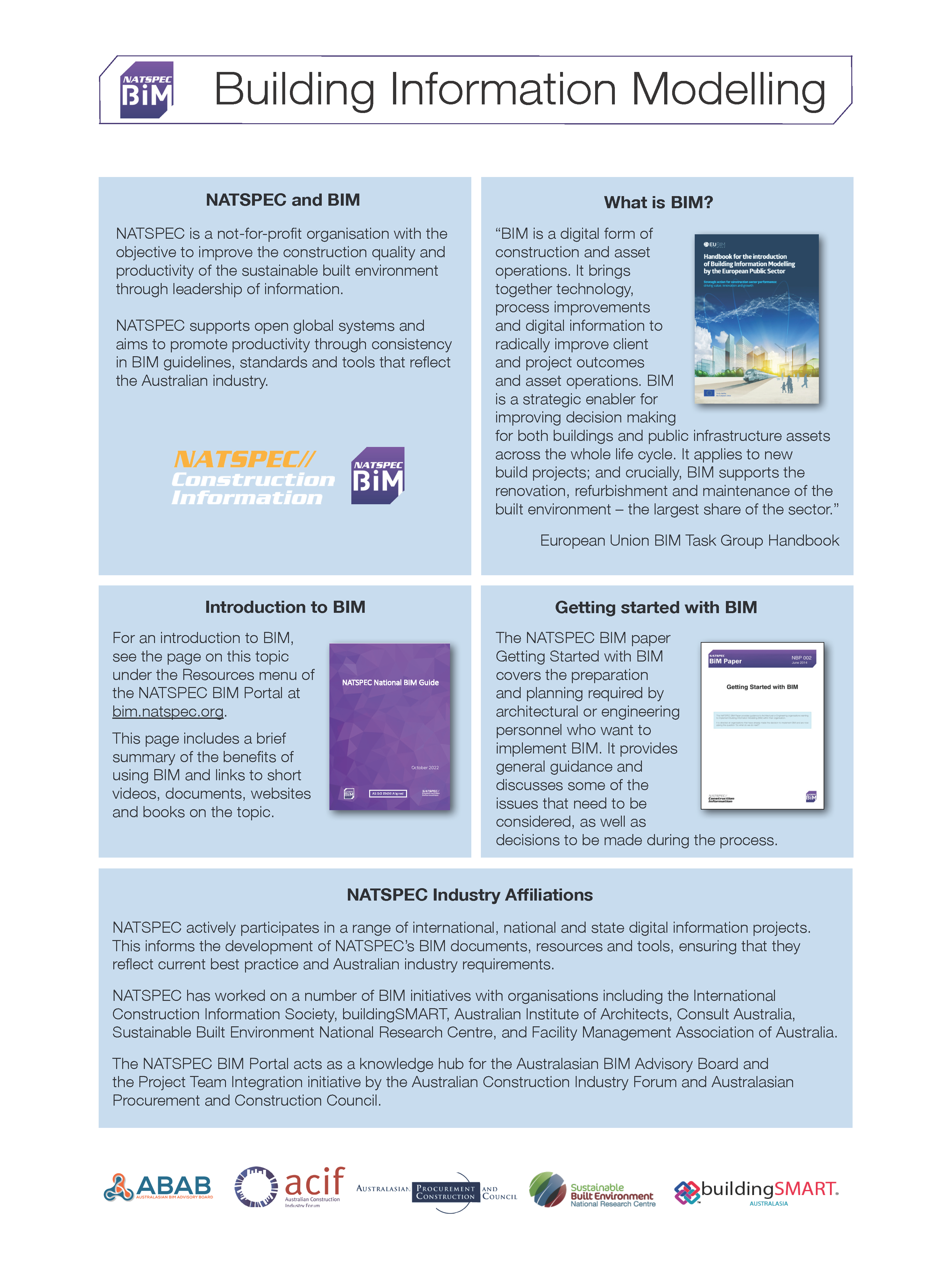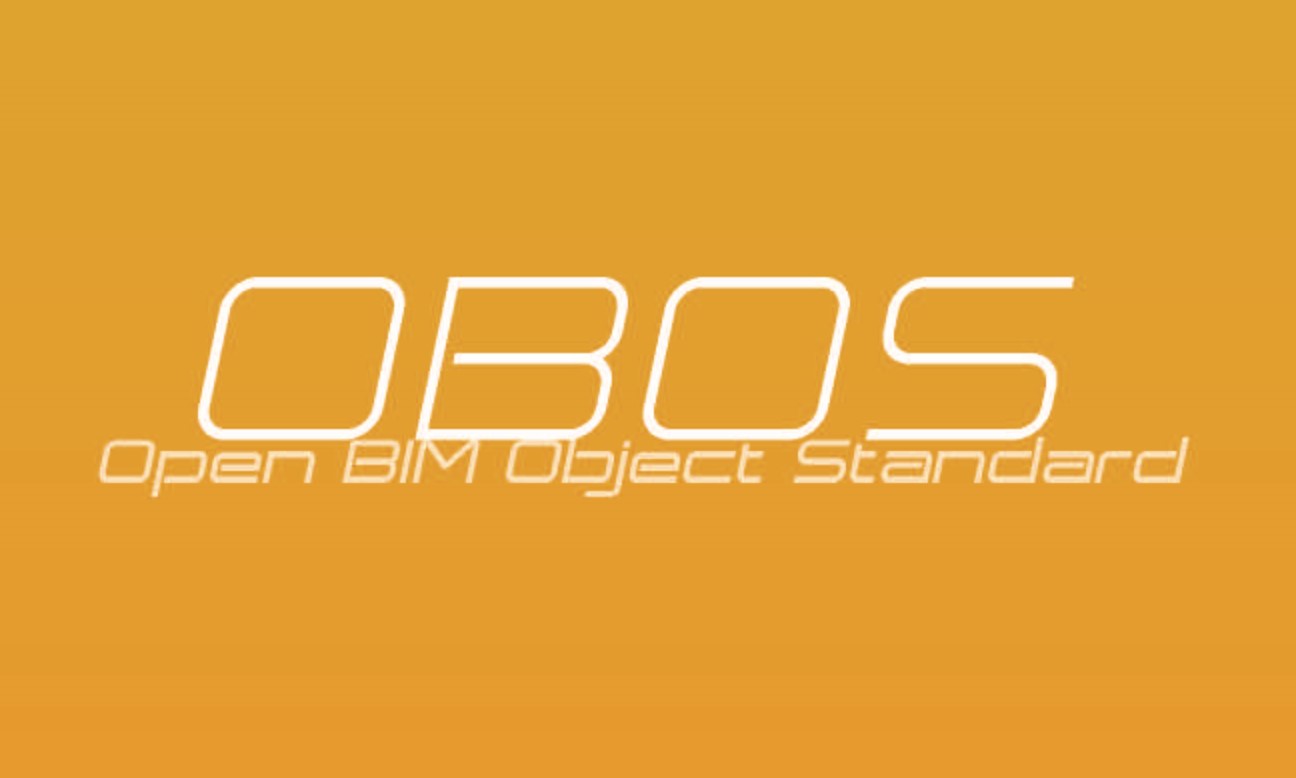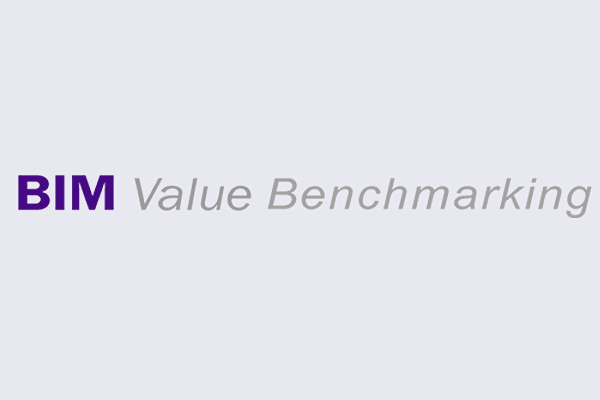The Australian industry has progressed with the implementation of BIM over many years with the assistance of organisations both local and global. The latest suite of BIM documents to assist with improving productivity are summarised.
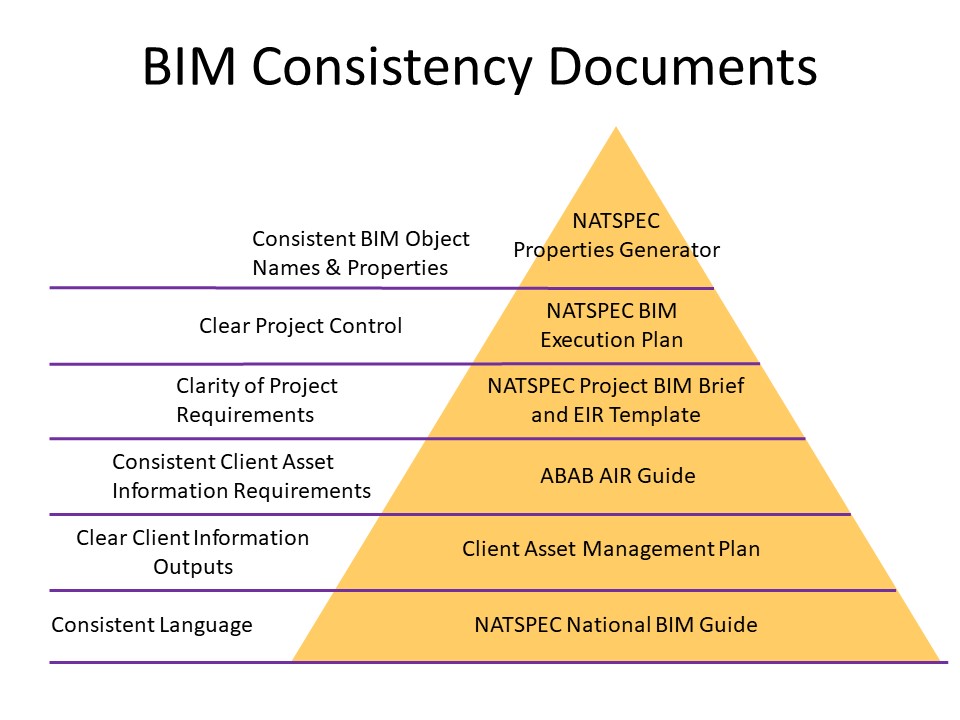
NATSPEC National BIM Guide
The National BIM Guide is the central reference in a suite of documents that defines requirements for BIM projects in general. The Guide defines things such as uses for BIM on projects, BIM Management Plan content, roles and responsibilities, collaboration procedures, modelling requirements, documentation standards and digital deliverables.
NATSPEC Project BIM Brief Template
The Project BIM Brief Template is used to outline initial strategic decisions early in a project. It provides a means of documenting client requirements regarding BIM for their projects. By indicating the scope of services required for the project, it allows the project team to formulate an effective response.
A BIM Management (execution) Plan (BMP) is a formal document that defines how a project will be executed, monitored and controlled with regard to BIM. One of its main purposes is to make clear what members of the project team can expect from each other – who is meant to do what, and how, and when.
The paper covers the preparation and planning required by architectural or engineering personnel who want to make implementation happen. It provides general guidance on the topic and discusses some of the issues that need to be considered and decisions to be made during the process.
Being based on open BIM standards such as Industry Foundation Classes (IFC), the OBOS provides confidence to object authors and, product manufacturers that their BIM objects will be acceptable to end users.
The BIM Properties Generator is a free online tool for standardising object designations, properties and property names.
It provides an accessible user-friendly resource for selecting properties based on open BIM standards. This streamlines the exchange and interoperability of BIM objects between disciplines and projects to promote productivity and progress across the Australian construction industry.
Although there are numerous studies and articles on the benefits of BIM, it can be difficult for organisations to assess its potential value for their particular purposes.
The BIM Value tool was developed by the Sustainable Built Environment National Research Centre (SBEnrc) in partnership with NATSPEC to address this issue.
Over time, BIM Value Benchmarking will provide historical data to refine decision making regarding BIM implementation.
Download the latest AU BIM Standards brochure Download


